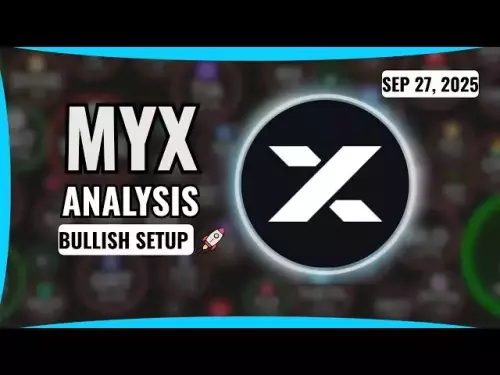-
 bitcoin
bitcoin $109523.663807 USD
-0.13% -
 ethereum
ethereum $4019.526508 USD
2.06% -
 tether
tether $1.000482 USD
0.00% -
 xrp
xrp $2.776815 USD
0.18% -
 bnb
bnb $958.942396 USD
0.12% -
 solana
solana $204.294698 USD
3.84% -
 usd-coin
usd-coin $0.999693 USD
0.00% -
 dogecoin
dogecoin $0.232115 USD
2.09% -
 tron
tron $0.338028 USD
0.84% -
 cardano
cardano $0.790920 USD
1.50% -
 hyperliquid
hyperliquid $44.871443 USD
5.60% -
 ethena-usde
ethena-usde $1.000322 USD
0.04% -
 chainlink
chainlink $21.034165 USD
2.60% -
 avalanche
avalanche $28.794831 USD
-0.54% -
 stellar
stellar $0.360466 USD
1.24%
What is a stateless client? How does it allow light nodes to verify the entire blockchain?
Stateless clients enable light nodes to validate transactions and verify blocks on blockchains without storing the full state, enhancing accessibility and scalability.
Apr 11, 2025 at 02:00 pm
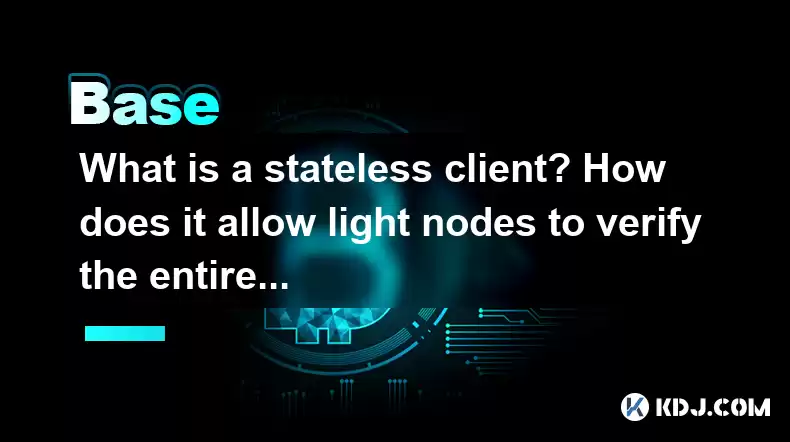
A stateless client in the context of blockchain technology refers to a type of node that does not maintain the full state of the blockchain. Instead, it relies on other full nodes to provide the necessary data for transaction validation and block verification. This approach is particularly beneficial for light nodes, which have limited resources and cannot store the entire blockchain. In this article, we will explore the concept of stateless clients and how they enable light nodes to verify the entire blockchain without storing all the data.
What is a Stateless Client?
A stateless client is a node in a blockchain network that does not store the full state of the blockchain. The full state includes all the data required to validate transactions and blocks, such as account balances, contract states, and other relevant information. Instead of storing this data, a stateless client requests the necessary state data from full nodes when it needs to verify transactions or blocks.
This approach significantly reduces the storage requirements for the client, making it feasible for devices with limited resources, such as smartphones or IoT devices, to participate in the blockchain network. By relying on full nodes for state data, stateless clients can still perform essential functions like transaction validation and block verification without the need to store the entire blockchain.
How Stateless Clients Work
Stateless clients operate by requesting specific pieces of state data from full nodes when they need to validate transactions or blocks. Here's a detailed look at how this process works:
Transaction Validation: When a stateless client receives a new transaction, it needs to verify that the transaction is valid. To do this, it requests the current state of the sender's account from a full node. The full node provides the necessary data, such as the sender's balance and any relevant contract states. The stateless client then uses this data to check if the transaction is valid, ensuring that the sender has sufficient funds and that any smart contract conditions are met.
Block Verification: Similarly, when a stateless client receives a new block, it needs to verify the block's validity. It requests the state data required to validate each transaction in the block from a full node. Once it has the necessary data, the stateless client can verify the transactions and ensure that the block is correctly formed and follows the blockchain's rules.
By outsourcing the storage of state data to full nodes, stateless clients can participate in the blockchain network without the need for extensive storage resources. This makes it possible for light nodes to verify the entire blockchain without storing all the data themselves.
Benefits of Stateless Clients for Light Nodes
The use of stateless clients offers several benefits for light nodes in a blockchain network:
Reduced Storage Requirements: Light nodes can participate in the blockchain network without the need to store the entire blockchain. This is particularly important for devices with limited storage capacity, such as smartphones and IoT devices.
Increased Accessibility: By reducing the resource requirements for participating in the blockchain network, stateless clients make it easier for a wider range of devices to join the network. This can lead to increased decentralization and security of the blockchain.
Improved Scalability: Stateless clients can help improve the scalability of the blockchain by allowing more nodes to participate in the network without the need for extensive resources. This can lead to faster transaction processing and better overall performance of the blockchain.
Challenges and Considerations
While stateless clients offer significant benefits, there are also some challenges and considerations to keep in mind:
Dependence on Full Nodes: Stateless clients rely on full nodes to provide the necessary state data for transaction validation and block verification. If full nodes are not available or are slow to respond, it can impact the performance of stateless clients.
Data Privacy: Since stateless clients request state data from full nodes, there may be concerns about data privacy and security. It's important to implement measures to protect the privacy of users and ensure that sensitive data is not exposed.
Network Bandwidth: The process of requesting state data from full nodes can increase the network bandwidth requirements for stateless clients. This needs to be carefully managed to ensure that the network can handle the additional traffic.
Implementing Stateless Clients
Implementing stateless clients in a blockchain network involves several steps and considerations. Here's a detailed look at how to implement stateless clients:
Designing the Protocol: The first step is to design a protocol that allows stateless clients to request state data from full nodes. This involves defining the format of the requests and responses, as well as the mechanisms for ensuring data integrity and security.
Developing the Client Software: Once the protocol is designed, the next step is to develop the client software that implements the stateless client functionality. This involves writing code that can request state data from full nodes, validate transactions and blocks, and interact with the blockchain network.
Testing and Validation: Before deploying stateless clients in a live blockchain network, it's important to thoroughly test and validate the implementation. This involves running simulations and tests to ensure that the stateless clients can correctly validate transactions and blocks, and that they can handle the expected load and network conditions.
Deployment and Integration: Once the stateless client software is tested and validated, it can be deployed and integrated into the blockchain network. This involves setting up the necessary infrastructure, such as full nodes that can provide state data to stateless clients, and ensuring that the stateless clients can seamlessly interact with the rest of the network.
Use Cases for Stateless Clients
Stateless clients have a wide range of potential use cases in the cryptocurrency and blockchain space. Here are some examples:
Mobile Wallets: Stateless clients can be used to implement mobile wallets that can validate transactions and interact with the blockchain network without the need to store the entire blockchain. This makes it easier for users to manage their cryptocurrency holdings on their smartphones.
IoT Devices: Stateless clients can enable IoT devices to participate in blockchain networks, allowing them to validate transactions and interact with smart contracts without the need for extensive storage resources.
Lightweight Nodes: Stateless clients can be used to implement lightweight nodes that can verify the entire blockchain without storing all the data. This can help improve the decentralization and security of the blockchain network by allowing more nodes to participate.
Frequently Asked Questions
Q: Can stateless clients be used in all types of blockchain networks?A: Stateless clients can be used in many types of blockchain networks, but their implementation may vary depending on the specific architecture and requirements of the network. Some blockchain networks may have built-in support for stateless clients, while others may require custom implementations.
Q: How do stateless clients handle network congestion and high transaction volumes?A: Stateless clients can handle network congestion and high transaction volumes by implementing efficient request and response mechanisms, as well as by leveraging the resources of full nodes to process and validate transactions. However, the performance of stateless clients may be impacted by network conditions, and it's important to carefully manage the load and ensure that the network can handle the additional traffic.
Q: Are there any security risks associated with stateless clients?A: There are some security risks associated with stateless clients, such as the potential for data privacy breaches and the dependence on full nodes for state data. It's important to implement measures to protect the privacy and security of users, such as encryption and secure communication protocols, and to carefully manage the trust relationships between stateless clients and full nodes.
Q: How do stateless clients impact the overall performance of the blockchain network?A: Stateless clients can improve the overall performance of the blockchain network by allowing more nodes to participate and by reducing the resource requirements for validation and verification. However, the impact on performance may vary depending on the specific implementation and the network conditions, and it's important to carefully monitor and manage the performance of the network.
Disclaimer:info@kdj.com
The information provided is not trading advice. kdj.com does not assume any responsibility for any investments made based on the information provided in this article. Cryptocurrencies are highly volatile and it is highly recommended that you invest with caution after thorough research!
If you believe that the content used on this website infringes your copyright, please contact us immediately (info@kdj.com) and we will delete it promptly.
- Sleep Token's Macabre Metal: A Ritualistic Rise to Rock Stardom
- 2025-09-27 22:25:15
- BlockchainFX: Is This Presale the Next Binance?
- 2025-09-27 22:25:15
- ORDER Token's Binance Listing Ignites Crypto Rally: What Traders Need to Know
- 2025-09-27 22:30:01
- Ethereum ETFs Feel the Heat: Investors Exit as Staking Approval Looms?
- 2025-09-27 22:30:01
- Crypto Presales & Meme Coins: Hunting for the Next 100x Opportunity
- 2025-09-27 22:30:01
- Cardano (ADA) Price Prediction: Bullish Scenarios and Market Dynamics
- 2025-09-27 22:30:16
Related knowledge
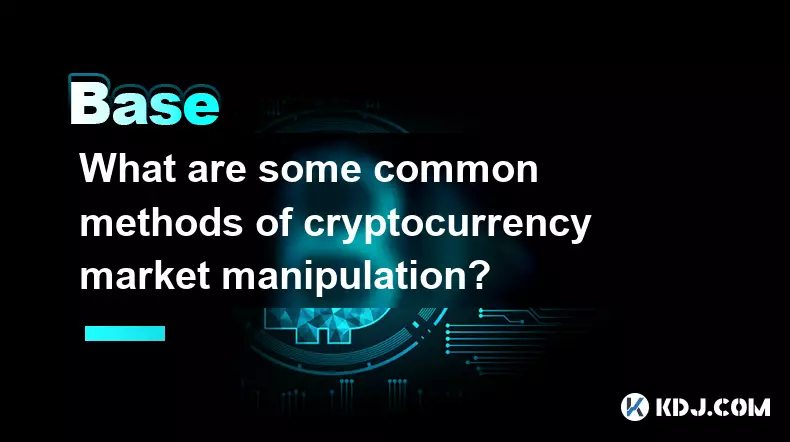
What are some common methods of cryptocurrency market manipulation?
Sep 27,2025 at 02:55am
Wash Trading and Its Impact on Market Perception1. Wash trading involves an individual or entity simultaneously buying and selling the same cryptocurr...
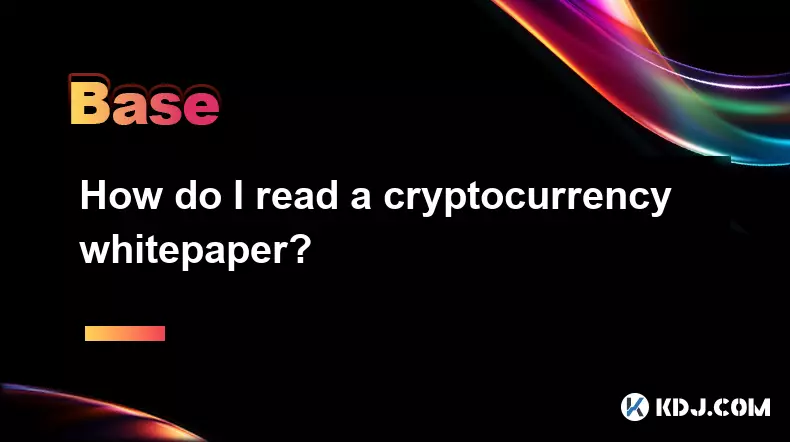
How do I read a cryptocurrency whitepaper?
Sep 27,2025 at 05:54am
Understanding the Structure of a Cryptocurrency Whitepaper1. Begin by identifying the executive summary, which outlines the project’s core vision and ...
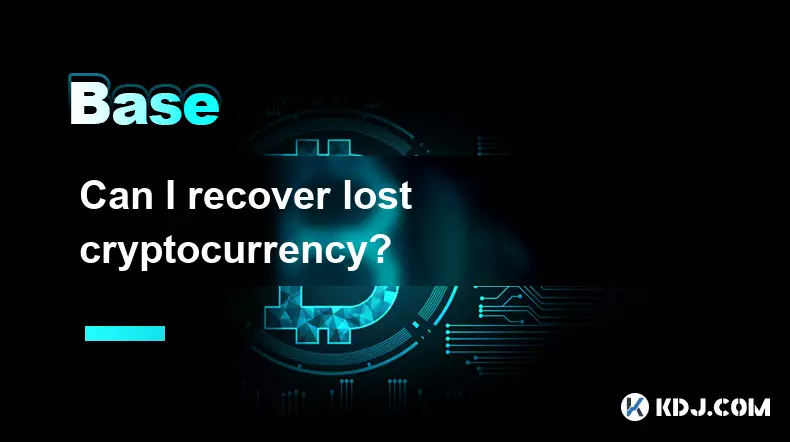
Can I recover lost cryptocurrency?
Sep 25,2025 at 08:18am
Understanding the Nature of Cryptocurrency Loss1. Cryptocurrency operates on decentralized networks, meaning there is no central authority to reverse ...
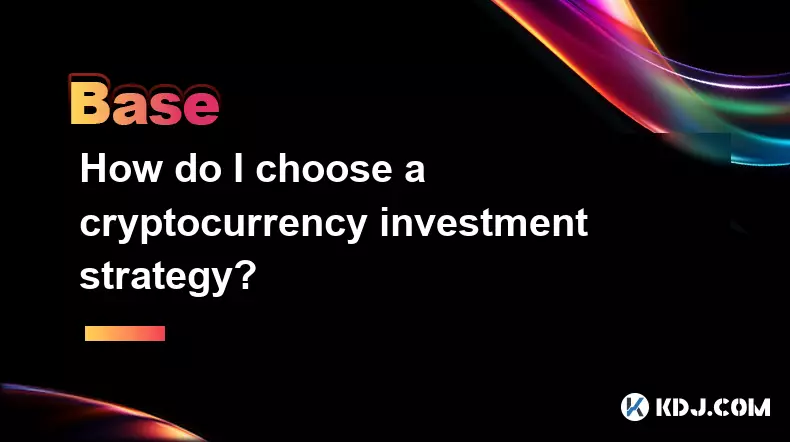
How do I choose a cryptocurrency investment strategy?
Sep 27,2025 at 03:55pm
Understanding Risk Tolerance in Crypto Investing1. Assessing personal risk tolerance is a foundational step when entering the cryptocurrency market. V...

How can I earn passive income from cryptocurrency?
Sep 23,2025 at 10:18am
Staking Cryptocurrencies for Regular Returns1. Many blockchain networks operate on a proof-of-stake (PoS) consensus mechanism, allowing users to earn ...

What are gas fees in cryptocurrency transactions?
Sep 26,2025 at 02:00am
Understanding Gas Fees in Blockchain Transactions1. Gas fees are payments made by users to compensate for the computing energy required to process and...

What are some common methods of cryptocurrency market manipulation?
Sep 27,2025 at 02:55am
Wash Trading and Its Impact on Market Perception1. Wash trading involves an individual or entity simultaneously buying and selling the same cryptocurr...

How do I read a cryptocurrency whitepaper?
Sep 27,2025 at 05:54am
Understanding the Structure of a Cryptocurrency Whitepaper1. Begin by identifying the executive summary, which outlines the project’s core vision and ...

Can I recover lost cryptocurrency?
Sep 25,2025 at 08:18am
Understanding the Nature of Cryptocurrency Loss1. Cryptocurrency operates on decentralized networks, meaning there is no central authority to reverse ...

How do I choose a cryptocurrency investment strategy?
Sep 27,2025 at 03:55pm
Understanding Risk Tolerance in Crypto Investing1. Assessing personal risk tolerance is a foundational step when entering the cryptocurrency market. V...

How can I earn passive income from cryptocurrency?
Sep 23,2025 at 10:18am
Staking Cryptocurrencies for Regular Returns1. Many blockchain networks operate on a proof-of-stake (PoS) consensus mechanism, allowing users to earn ...

What are gas fees in cryptocurrency transactions?
Sep 26,2025 at 02:00am
Understanding Gas Fees in Blockchain Transactions1. Gas fees are payments made by users to compensate for the computing energy required to process and...
See all articles


























